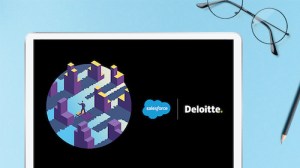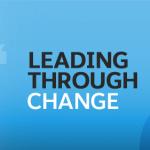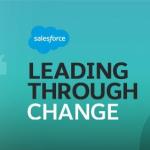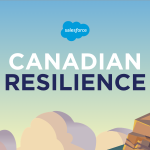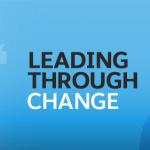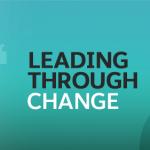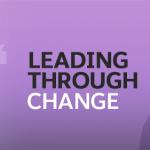Will companies, governments, and health organizations collaborate effectively to end the pandemic sooner than expected? Or will countries self-isolate as the virus mutates, leading to an uptick in deaths, social unrest, and economic freefall? At this point, either of these scenarios could occur. The best leaders need to prepare for both, along with some possibilities that land in between. Some of the country’s top scenario planners from Deloitte and Salesforce connected virtually in April to determine four hypothetical pandemic resolutions — all intended to help organizations plan for the uncertain future.
The science of scenario planning — a structured process of thinking about and anticipating the unknown future — can help organizations plan ahead for a wide range of plausible outcomes.
The scenarios explore how the world may develop over the course of the next three to five years. They consider possible variances in two “critical uncertainties:” the severity of the pandemic as it plays out and the level of collaboration between countries. It also considers variants in the efficacy of the healthcare response, the level of social cohesion involved in that response, and the economic consequences of all of the above.
Here’s a quick overview of the four different scenarios, each with its own appropriate name.
1. Picture this: gobal governments collaborate and communicate swiftly and effectively. Health systems step it up. Society complies with quarantine regulations. In other words, we come together to collectively eradicate the illness sooner than anticipated. In this best-case scenario — dubbed “the passing storm” — the public learns to trust our existing global institutions again. That said, the committee predicts this series of outcomes will broaden the gap between socioeconomic classes because those who the pandemic affected most negatively — namely, small businesses and the low- to middle-income population — will struggle to rebound.
2. Next up, “good company.” In this scenario, as governments struggle to handle the pandemic effectively, corporate responsibility improves. As such, there’s a larger shift in company mindset toward serving customers, employees, communities, shareholders, and the planet at once. Private-public sector partnerships step up with cross-industry innovations to solve problems for the greater good. Enhanced software, tools, and healthcare expertise come from businesses, augmenting the public perception of social media and the tech giants.
3. In the “sunrise in the east” scenario, the West handles the disease more slowly and less consistently than the East, causing the global center of power to shift to China and East Asia. The East becomes the leader in global coordination of health systems and business as their strong centralized governmental response — including direct foreign investments intended to mitigate the pandemic — becomes the gold standard. The public learns to accept greater surveillance as a necessity in properly functioning societies.
4. Finally, “lone wolves.” (Spoiler: Please feel free to move on to another article if you prefer not to learn about the worst possible hypothetical outcome.) The virus mutates, causing the pandemic to last longer than expected all across the globe. An uptick in deaths, social unrest, economic freefall, and paranoia follows. Countries isolate themselves with big governments and extreme surveillance, backed by the latest technologies. They don’t work together and put strict controls on foreigners and imports.
Click image to view full presentation
The PDF includes many more details on how these four scenarios impact society, technology, environment, economy, and politics. To hear the study’s authors discuss these scenarios, listen to this podcast in Deloitte’s Resilient series.
Now, if you must take a deep breath, please go for it.
“These are efforts to spark new ideas about the future…if they don’t challenge your expectations, they are not doing their jobs.”
The study leaves leaders with key questions to ask after digesting the scenarios:
-
Which of your previous expectations need to be rethought?
-
What might consumers value differently in these worlds?
-
What are the biggest threats to your current business in these worlds?
-
What new providers, models, business models, and ecosystems might emerge, and who will be well-positioned?
-
What capabilities, relationships, and assets are most important in these worlds?
Ultimately, those who can play out the implications of each of these scenarios for their business will put themselves in the mindset of adapting and thriving versus merely recovering or surviving — a positive outcome regardless of which scenario the future most closely resembles.
If you’re looking for more resources, check out Salesforce Care: tools and support to help companies of any size navigate this time.
